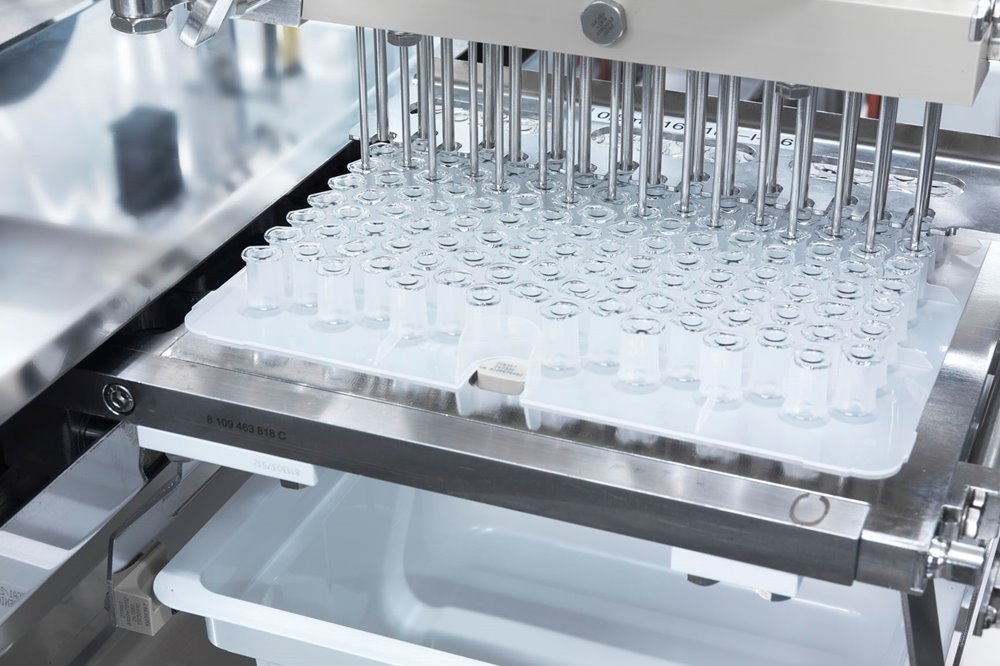
For pharma and biotech companies both large and small, the challenges involved in the fill and finish process of drugs for clinical development and scale-up continue to present new challenges. Increased complexity of regulatory requirements and processes, regulatory approvals, as well as the need for financial backing is but a few of the challenges. Rare is the company that has not had to struggle to find an innovative way to navigate such issues. Without expert support, companies often must deflect their attention away from the discovery, development, and marketing aspects of their drug candidates.
In the case of choosing the appropriate drug delivery system, for example, the sensitive nature of many drug substances isn’t the only factor to consider. Drug manufacturers also need to ask questions regarding various market and manufacturing aspects of their product such as, is the product liquid or lyophilized? What are the therapy requirements? Is it a self-administered therapy? What does the product lifecycle, cost, and competition look like?
There are many questions, unexpected challenges and decisions that need to be carefully and thoughtfully addressed due to their potential impact on the drug product’s success. Conducting a clinical development project successfully requires a company to consider aspects such as ensuring packaging material compatibility, developing efficient processes, meeting crucial timelines for clinical trials, expediting regulatory approvals, and streamlining scale-up to commercial manufacturing.
The result of what will come out at the end of a process will likely depend on the quality and thoroughness of what was put in. When executing drug development in an organized and careful manner, and with as much expert support as possible the outcome is more likely to be successful for the benefit of the patients who desire a treatment for their disease.
At the end of the day, it is the pharma or biotech company itself which must find the best balance in development and manufacturing based on various parameters including company size and character. Some companies strive to keep capital costs to a minimum, while others see strategic value in obtaining a strong in-house manufacturing competency. Defining and following this individualized pathway is critical when navigating an increasingly competitive and challenging market environment. One thing is certain, there is little room for failure, and rarely a second chance.
Published by pharmatechoutlook.com.
